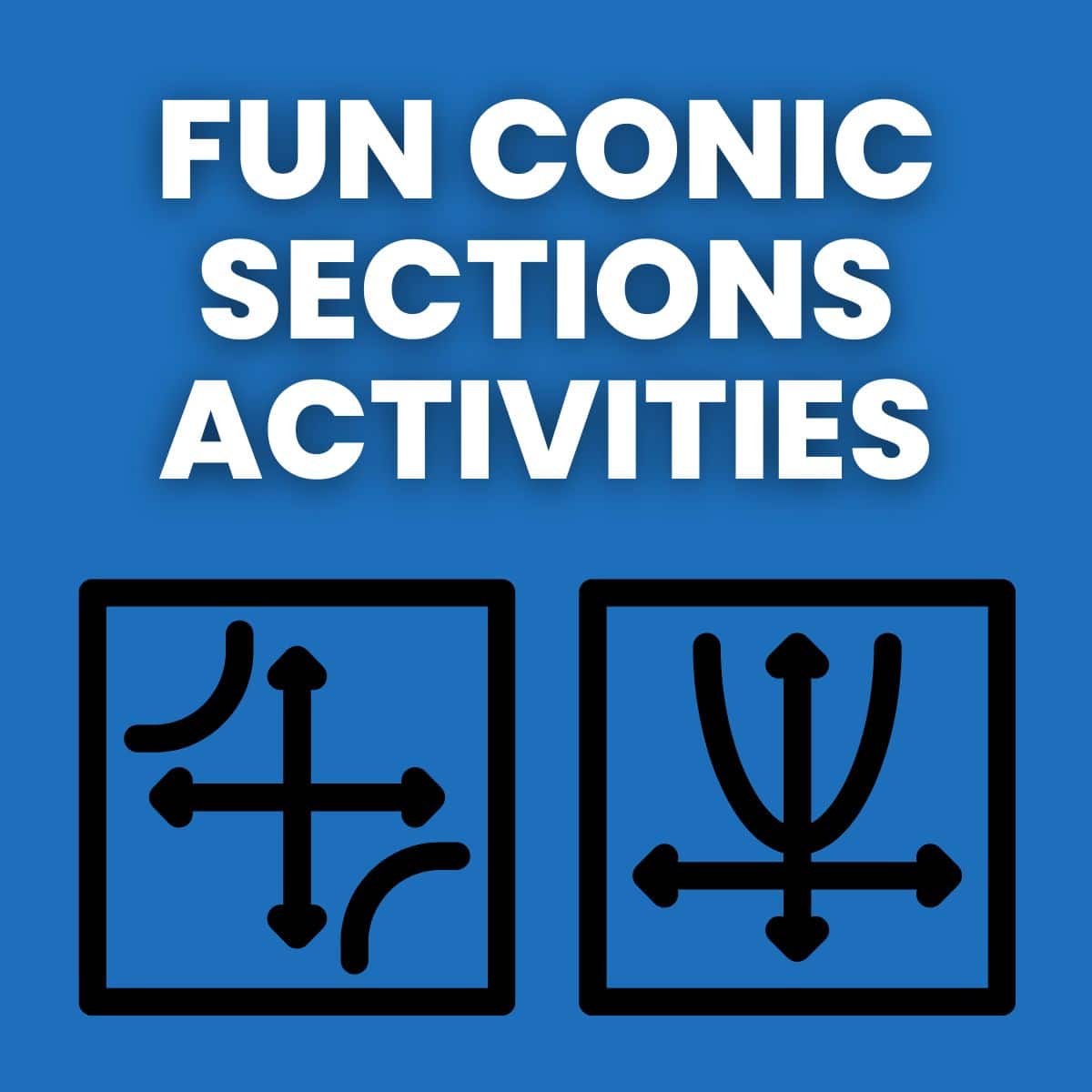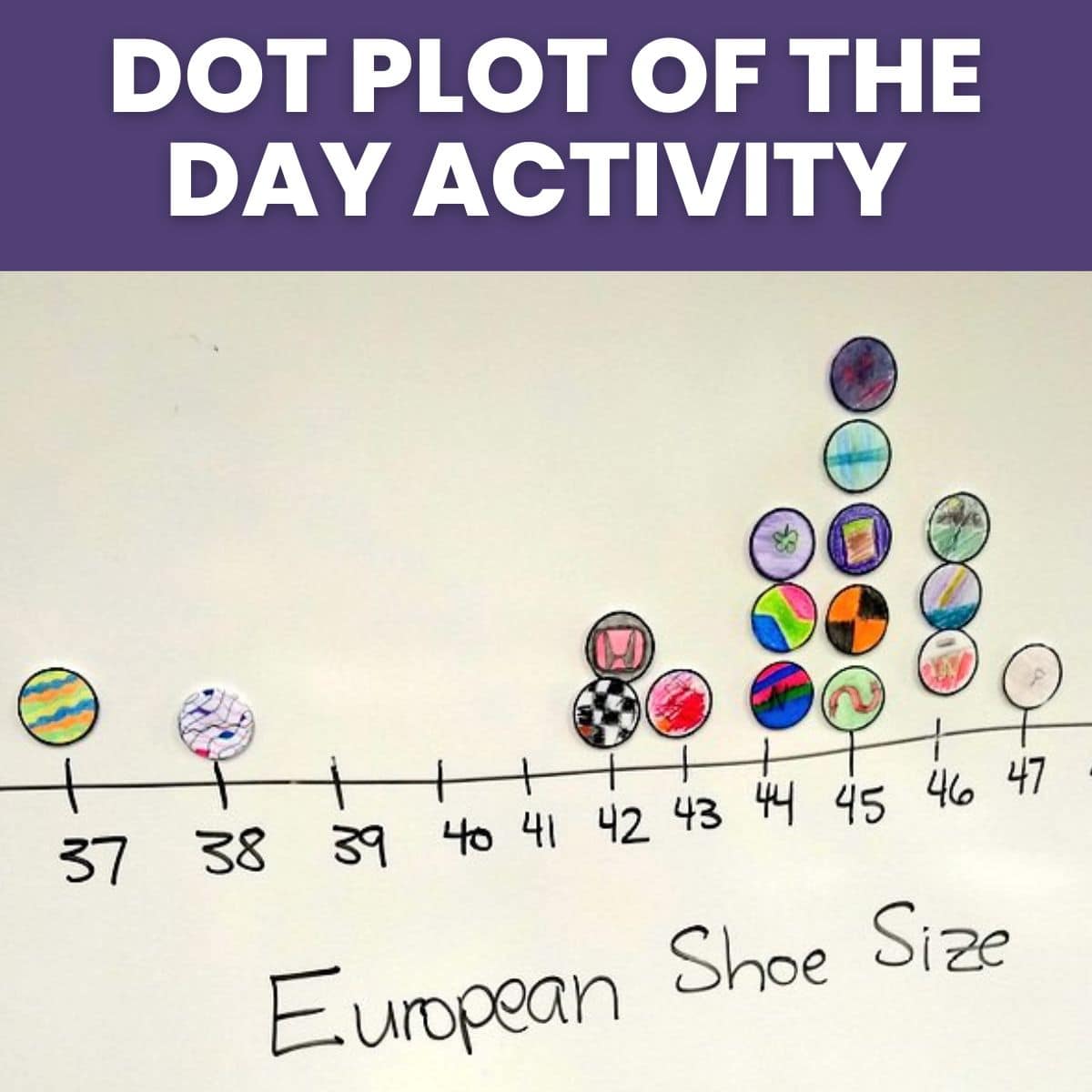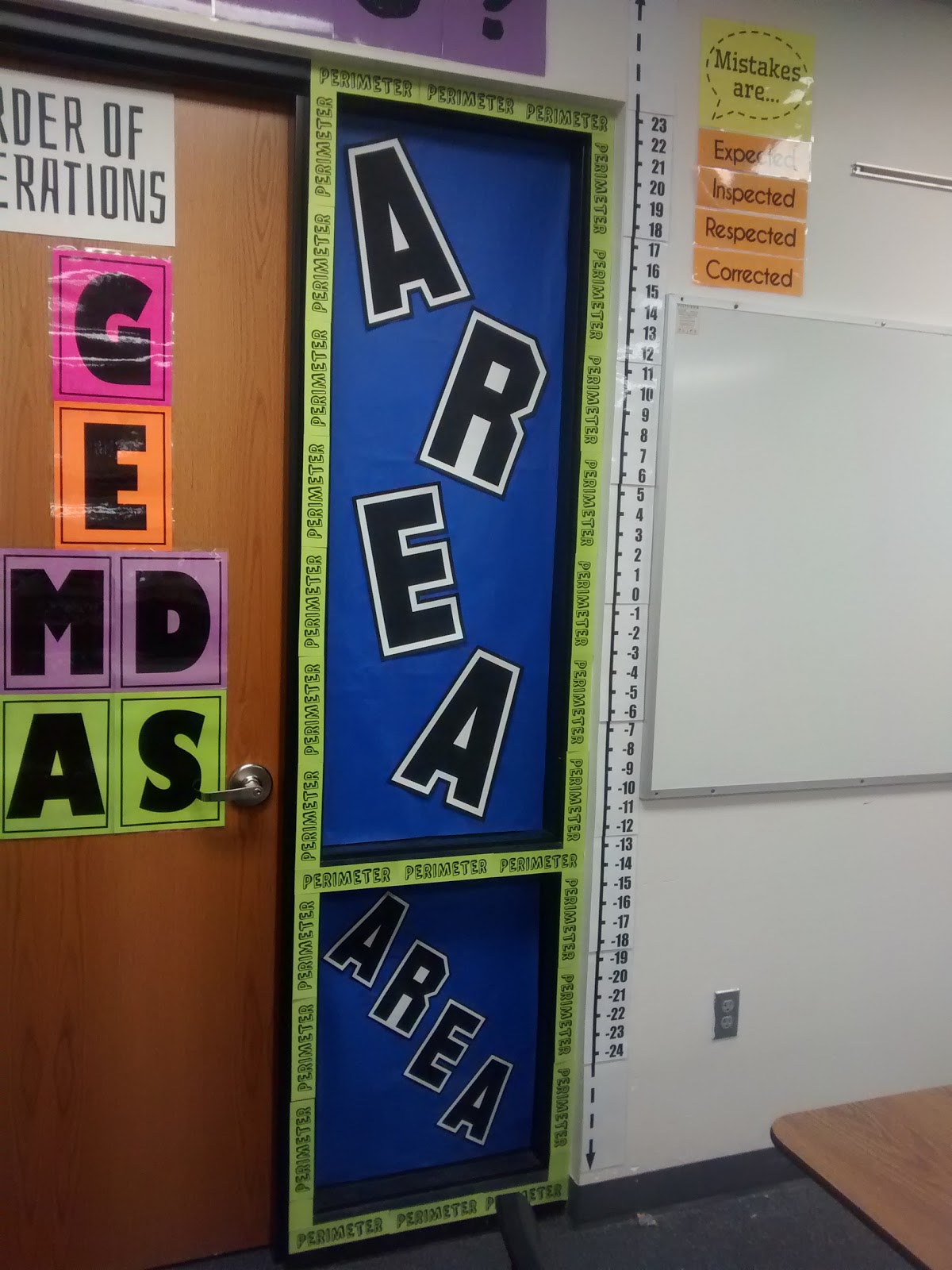OCTM 2014: Making Note-Taking Fun & Interactive
If you’re visiting my blog after attending my OCTM presentation on interactive notebooks, welcome! I’m so excited to have you here in my little corner of the world wide web. (Does anybody even call it that anymore??? Oh well…) If you just happened upon this site, you’re also welcome. Pull up a seat. And, if you’re one of my regular readers, let me just say thanks! If you didn’t read, I’d probably still blog. But, you make the blogging process so much more fun!
We’re going to talk about something today that is very near and dear to my heart: interactive notebooks! I’ve used interactive notebooks in my Algebra 1 and Algebra 2 classes for the past two years. In fact, I can’t imagine teaching without them!
I want this page to be both a reference for people who attended my session and people who were unable to attend but are still curious about the process of creating interactive notebooks. So, here are my slides:

At the beginning of my presentation, I took a couple of moments to introduce myself.

And, for the majority of Oklahomans who don’t know where Drumright is, I thought I’d include a nice little map that I found online. For the record, I didn’t know where Drumright was until the day I went to my job interview. The superintendent called me to ask how long it would take me to get from Tulsa to there for an interview. Not knowing where Drumright even was, I had to ask him how long it would take! He then had to give me driving directions over the phone…

I asked my participants this question: If you asked your students to describe the note-taking that happens in your math classroom, what would they say?

Then, I shared with them how my students described note-taking in their letters of advice to students taking the class next year. Want to read more of the end of year advice that my students gave?

I tried to add color to make their specific statements stand out more. These quotes are word-for-word excerpts from the letters that they wrote. Probably my favorite comment is that they take “lots of meaningful, colorful notes.” I like that they used the word “colorful,” but the fact that they described them as “meaningful” makes me want to jump up and down with excitement.

Of course, the feedback isn’t 100% positive. And, it never will be. One of my students noted that the notebooks get “annoying sometimes.” I don’t think that’s necessarily a bad thing. My students spend a large portion of their time annoyed at me. Why can’t we have a free day? Why do you make us do so much work? Nobody else is teaching today. Why are you? Yeah, I’m okay with “annoyed.” I tell them that I do it because I love them, and it’s true.

There are a ton of benefits to using interactive notebooks. These are just a few of the benefits I’ve found in my own classroom.

One of the wonderful things about interactive notebooks is that they can be whatever you want them to be. My students don’t have textbooks, so we are creating our own textbook as we go throughout the year. My students use them for notes only. But, other teachers have students store their homework and bellwork in their notebooks as well. If you open one of my notebooks, you will find foldables and graphic organizers galore. That’s my teaching style and one of my strengths. If foldables just aren’t your thing, don’t do them. That’s your choice. Your notebook should reflect your personality and teaching style.
Many teachers make a differentiation between left hand and right hand pages. Right hand pages are teacher directed. They are the notes typically found in a math class. Left hand pages are student directed. The students have to find some way to process the information provided by the teacher and to create some sort of visual display that demonstrates their understanding. This could mean creating an illustration of a concept, writing and solving your own problem, writing a song about the topic, drawing a comic strip about the topic, writing a letter to a friend describing the steps to solving a specific type of problem, choosing 3 homework problems and writing out detailed solutions, etc. The possibilities are endless.
I originally intended to use the left-hand/right-hand distinction, but it just hasn’t worked for me. I guess I just have a need for control or something. I have to dictate to my students exactly what needs to go on each page of their notebooks. I still give them a certain degree of choice with some pages, but not the same extent of choice that is given by other teachers. It’s completely up to you how much choice you allow your students!

After this brief introduction to interactive notebooks, we jumped into looking at lots and lots of pictures of interactive notebook pages I have made in the past. I’ve made a bunch, so it was so hard to choose what pages and ideas I wanted to highlight.

If you browse around my blog for long enough, you will eventually find all of the interactive notebook pages I have created. I recently created a Pinterest page that features pictures of every single interactive notebook page I have made + links to the page it is found on. You can click on the picture to visit that page to download the file for that page or to read more.
My best suggestion is to follow the pinterest link above and just spend time browsing. There are currently over 280 pictures to look at. And, that’s just the tip of the ice berg. You’ll see some pages that you could use without modifications with your students. And, you’ll see some pages that you would never use. Many of these foldables can be easily modified to cover any number of topics, though.
I get e-mails every week from people who are curious about how to get started with interactive notebooks. I’m never quite happy with the responses I write to these e-mails. Here’s my latest attempt at answering the question of how to get started:
I’m so excited to hear that you want to try out interactive notebooks next year! The process can be a tad overwhelming! Here’s my advice for getting started.
1. Decide what type of notebook to use. I prefer composition notebooks. Spiral notebooks work great for a semester, but they just won’t hold up for the entire school year. Others use binders or even graph paper notebooks. All have their pros and cons, of course.
2. Decide what you want your students to keep in their notebooks. Just notes? Homework? Bellwork? If students are just keeping notes in their notebooks, where will the other stuff go? This is one benefit of using a binder. You could have a divider for notes and other dividers for homework, tests, etc. I have my students only keep their notes in their notebooks. We don’t have textbooks, so we are essentially creating our own textbooks. Students learn pretty quickly that if we put it in our notebook, it must be important! Next year, I’m going to have my students make homework/test portfolios in addition to their notebooks.
3. How will you grade notebooks? Completion? Rubric? Some people actually don’t grade their notebooks. At my school, if I don’t grade something, my students don’t do it. I’ve moved to to a 0 or 100 grading scale for notebooks. If it’s not perfect, students get a 0 and are required to redo the missing/incorrect pages in order to earn that perfect score. Students take much more care with their notebooks now!
4. Figure out what your first unit of the year will be. Do a search on pinterest for that topic followed by “foldable” or “graphic organizer.” Get an old, partially-used notebook. Try to design notebook pages based on ideas you see online or from your own imagination. Play around with it. Have fun! This is the best way to see what works and what doesn’t. I started out by making rough sketches of my pages, and that was the most helpful thing I could have ever done.
5. Have fun! Your first year (or second year or third year or – I think you get the picture!) of notebooking won’t be perfect. You’ll continue to learn better ways to explain things and improve your notes/foldables/graphic organizers. Realize that some days your notes will be boring. That’s okay.
If you need inspiration, I recently made a pinterest board with links to every single notebook page I have made over the past two years! Clicking on each picture should take you to the page on my blog where you can download a PDF file to make that page. http://www.pinterest.com/mathequalslove/my-interactive-notebook-pages/
If you want even more interactive notebook inspiration, I would recommend checking out the following sites of other teachers who use interactive notebooks in their classrooms. I have stolen so many ideas from them!







Great, great post from which I intend to borrow liberally for my geometry class in the fall! Thanks, Sarah!
Thanks for reading my blog!
I'm presenting on using notebook at the PNW Math Teachers conference in October 🙂 You have given my some ideas on how to structure my workshop. You'll probably get some more traffic after because I plan to share your blog in my sources. My goal for next year is to get my own blog up and going better.
Yes, please start blogging! Can't wait to see what you share!
And, good luck with your presentation!
Looks like it was a great presentation! Will next year be the first year you will have some of your former Algebra 1 students back for Algebra 2? Will they all be your former students since you school is small?
Thanks! I twent really, really well. A ton of people showed up. I talked for an hour and didn't run out of anything to say. In fact, I could have probably talked for another hour or two! 🙂 Feedback was very positive. I think I inspired some people to try out interactive notebooks with their students. Yay!
This past year, I had a handful of students in Algebra 2 who took Algebra 1 with me the previous year. But, this next year will be the first year that the majority of my Algebra 2 students were students I had in Alg 1. It won't be 100% because the other teacher in the math department taught 2 sections of Alg 1 and I taught 3 sections. This past year, I taught 3 sections of Alg 1 and the other teacher taught 1 section. I'm SO excited about Algebra 2 this next year!
I am trying to get better about using interactive notebooks. I have been teaching 7th grade, which is challenging enough. My students would never glue things in their notebooks, but just stick the paper in there somewhere, even if I said "Glue this in your notebook" This coming year I am moving overseas to teach in Vietnam, and I am just a bit scared about trying something like this with a totally different type of student. ANY advice about getting students to buy into the idea, especially since they have always been taught in a traditional manner in the past would be appreciated!
I have to make my notebooks for a grade. Otherwise, my students won't finish them. This past semester, I moved to a 0/100 grading scale. If their notebook pages for the unit weren't PERFECT, they received a 0 in the grade book until they fixed it. When I started doing this, they started getting a lot better at gluing everything in and making sure that they made up all the pages they missed when absent. I've made it where if you don't do your notebook in my class, it's almost impossible to pass. I wish I didn't have to do this. I wish kids would just take notes because they saw them as worthwhile. Maybe someday…
I'm not sure if I've ever read about anybody trying out interactive notebooks overseas. I wonder how they would be received??? That's certainly an interesting thing to think about! If you do decide to try them, good luck!
Hi Sarah,
Great post! Do you have a search button on your blog? I can't find it anywhere and there is one particular lesson of yours I am looking for. Thanks for all you do.
Thanks Jan!
I really thought I had a search box, but I couldn't find it when I went to look for it. Oops… Added one to the sidebar on the right. Hope that helps!
Thanks Sarah! I was looking for the numbers about me page. I used it with my kids last year and they loved it. I was sure it was you. 🙂
Glad you found it!
Thanks for the great blog! Since you do not have textbooks, can you tell me what units you start with in Alg I? I teach Alg I to 8th graders. Thank you for sharing your great ideas!
Ana
You're welcome!
In Algebra 1, I covered 4 1/2 units in the first semester.
Unit 1 – Working with Rational Numbers (Integer Operations, Order of Operations, Real Number System)
Unit 2 – Expressions (Algebraic Vocabulary, Distributive Property, Naming Polynomials, Factoring Polynomials)
Unit 3 – Writing and Solving Equations
Unit 4 – Solving and Graphing Inequalities
Unit 5 – Relations and Functions (Parts of the Coordinate Plane, Representations of Relations, Function/Not A Function, Domain and Range, Independent and Dependent Variables)
Second Semester consisted of:
Unit 5 – Relations and Functions (Function Machines, Function Notation, Guessing the Rule of a Function, Graphing Functions on the Coordinate Plane)
Unit 6 – Linear Functions (Slope, Linear vs. Non-Linear, Slope-Intercept Form, Standard Form, Point-Slope Form, Parallel and Perpendicular Lines, Scatter Plots)
Unit 7 – Systems of Linear Equations (Includes Linear Inequalities)
I'm planning on tweaking this greatly for next year. I'm just not sure how I want to change it yet. Hope this helps!
Sarah I love your blog! Do you use SBG? If so would you share some info with me about how you use it in Algebra 2. I think I have an idea of how to implement it but still have a long way to go. My email is uchsmiddleton[at]yahoo.com
Thanks Leslie! I started using SBG part of the way through Algebra 2 this year. I started it out of frustration with some students I had who missed the week of school where we were learning to factor and decided that they weren't going to make any attempt to learn what they had missed. I wanted my assessment grades to show exactly what they had mastered and what they hadn't. At the beginning of a unit, I will give students a list of the standards they are expected to master. Each standard is assessed on a 0-4 scale.
0 – left it blank
0.5 – attempted but completely wrong
1 – Shows minimal understanding
2 – Major Mistake
3 – Tiny Mistake
4 – PERFECT
These numerical scores are transformed into scores out of 25 when I enter them in the gradebook. Each standard is entered as a separate grade. If I remember correctly, a 4 is a 25. A 3 is a 21.25. A 1 is a 15. An 0.5 is a 12.5. I can't remember what a 2 is.
I will write quizzes that usually feature 2 questions per standard. I give these during the last 5-8 minutes of a class period. One day, the quiz might cover standards 5.1, 5.2, 5.3, and 5.4. If a student has already made a 4 on standards 5.1 and 5.3, they will only have to do the problems for 5.2 and 5.4. Students keep retaking sections until they have a four for that standard.
It targets my students' review time. It helps them see what they really need to ask for help with. It shows me what students get and what they don't. Students are constantly reassessing, and they pay a lot more attention to their quiz grades than they ever paid towards their test grades.
I make students graph their progress in their INBs.
Thanks for the shout out Sarah and I am so glad your presentation went so well.
Thanks for the great resources as well!!!!
Elizabeth
Hodges Herald
You're very welcome!
Guess what? I presented on Interactive Notebooks today at my county's technology inservice. We gave nearly the same advice. What a coincidence. I actually came to your blog to let you know that one of the teachers stumbled upon your blog while they were looking for resources at the end. 🙂
That's awesome! And, a cool coincidence!
Hey Sarah! Thanks for the post! How often do you check notebooks? At the end of every unit?
I check them at the end of each unit. Towards the end of the school year, things tend to get super crazy, and I sometimes end up checking 2-3 units at once. One of these days I'll get organized and not have this problem. 🙂
I'm wanting to do interactive notebooks this year for Algebra 1. Thanks for all theses tips! I'm just starting my research to try to put it together!
You're very welcome! Let me know if you need any help during the year. Interactive notebooks are definitely a passion of mine.
I thank you for generously sharing all your resources and experience. I'm not new to teaching but I was away for many years with my own children. I feel like a new teacher learning all the new technology and balancing that with practices that I know will help my students like the interactive notebooks. I will be reading your blog this summer! Thank you again!
I will be using a form of interactive notebook in my one semester humanities (religious studies) course. I want to use it for notetaking and journaling, as well as for occasional homework. Do you think having all this content in one notebook is too much, or does it matter as long as it's organized?
I think one notebook will be fine for a semester long course. Organization is key!
Hi Sarah, I am a math and ACT tutor, and I have enjoyed using a number of your printables. Can you speak to how the notebooks have been received by boys or students with poor handwriting/fine motor skills?
Some do the bare minimum to get buy. Others really buy in 🙂
Hey Sarah!
I have recommended your blog to all of the math teachers at my school, and I wasn't surprised to learn that the majority already read it regularly. 🙂 I'm implementing INBs this year, and I was wondering if you communicate at all with your students' parents about the INB expectations, or if you have a rubric or list of guidelines/requirements that you give to students. My school has a very large gifted program and there are so many students who are taking math classes above their grade level, so I'm getting a few emails from my younger students' parents about what my expectations are for them. I know that I've been able to communicate the expectations that I have, but I'm sure I haven't thought of everything since this is my first year implementing them, so I wanted to know if you had something, like a list or rubric. Thank you so much for the resources you share on your blog!